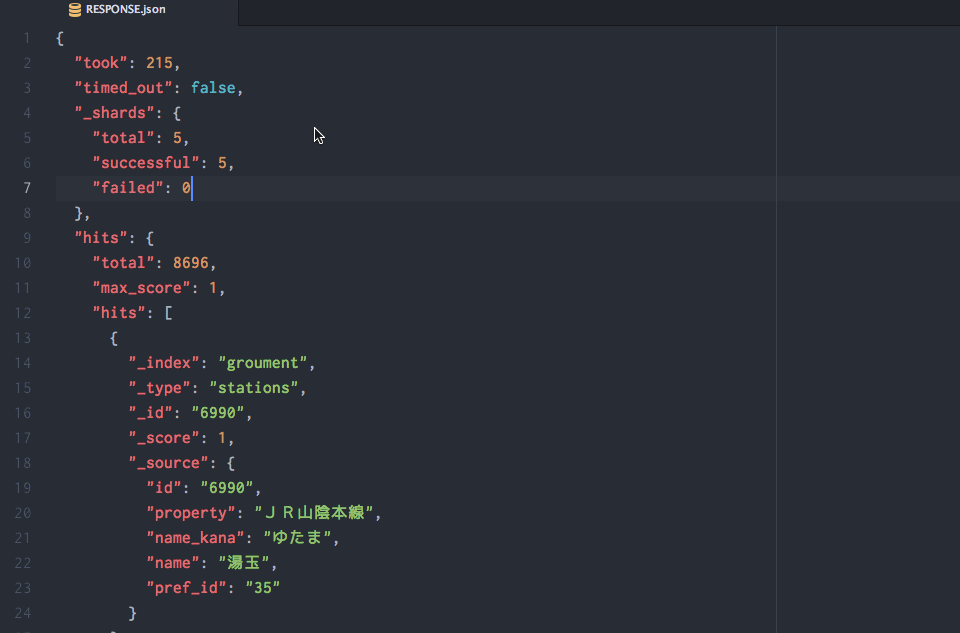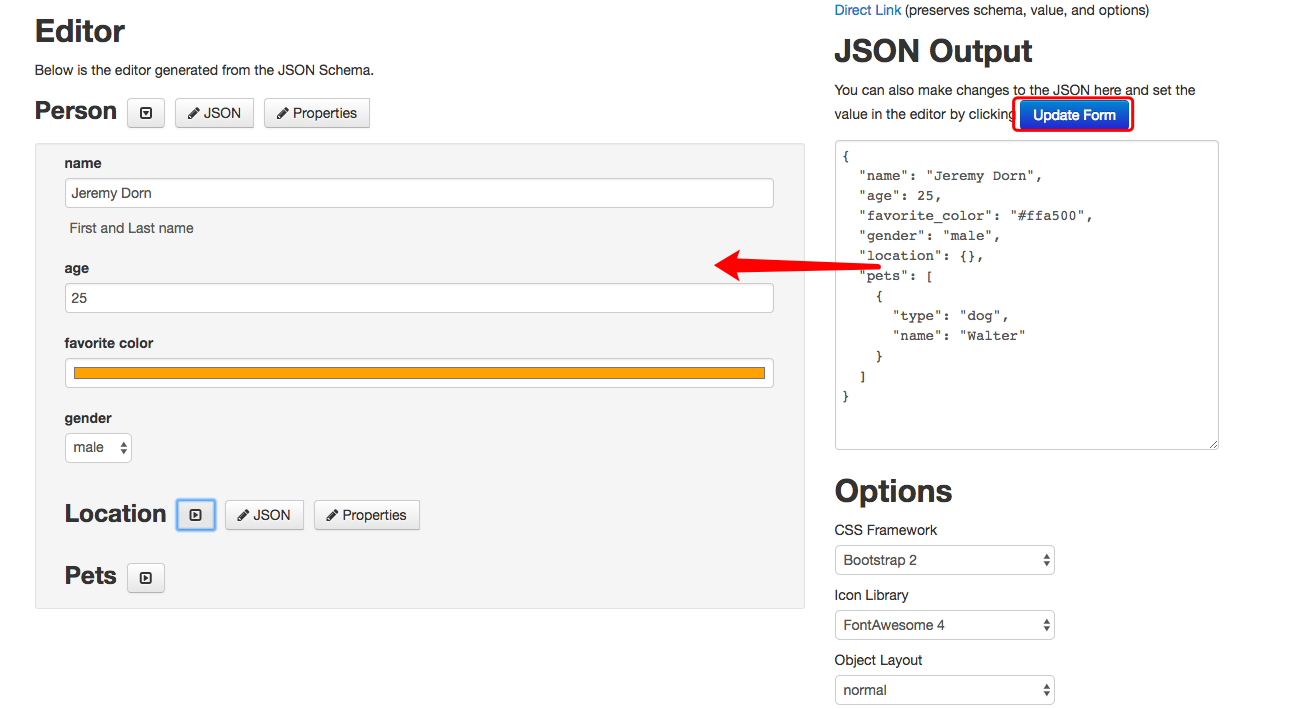

XPath expressions, on the other hand, are evaluated using an XPath evaluator, which is a tool or library that is specifically designed to process XPath expressions.
JSON Path syntax should be given in the format.
JSON PATH FINDER ONLINE FREE
JSON Path expressions use $ to refer to the root element, and use square brackets to access elements, whereas XPath expressions use / to access elements and can use various types of axes to navigate the document hierarchy. Free tool to validate and extract the matching piece of the JSON data against the input expression.

The evaluator would then apply the expression to the document and displays the value of the title property in the first object in the book array, which is "Sayings of the Century" in the output text box. there's a lot of information on A available online. To evaluate this JSON Path expression using a JSON Path Evaluator, you would typically provide the JSON document and the expression as input to the evaluator. You can find paths through a 2D grid efficiently with the A (pronounced A star) algorithm. The key title refers to the value of the title property in the first object in the book array. The key book refers to the value of the book property in the store object, which is an array of objects. The key store refers to the value of the store property in the root object of the JSON document. This expression consists of the keys store, book, and title, separated by dots. If you want to extract the title of the first book in the document, you could use the JSON Path $. Here is an example of how you might use a JSON Path Evaluator to extract data from a JSON document: Let's say you have the following JSON document:

The JSON document is the data structure that you want to extract data from. To use a JSON Path Evaluator, you will need to have a JSON document and a JSON Path expression.


 0 kommentar(er)
0 kommentar(er)
